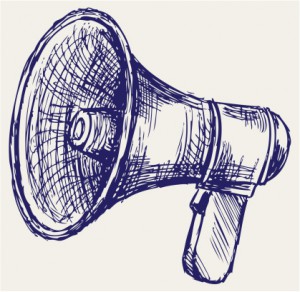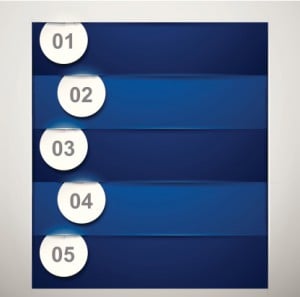“I think a hero is an ordinary individual who finds strength to persevere and endure in spite of overwhelming obstacles.” — Christopher Reeve
Getting the casual visitor to your website to take action is no easy feat. Whether it is to download your new guide, give up an email address, make the call to learn more, or to purchase your product or service, there’s no denying it's a tall task. But it can be done.
Ready to be a call-to-action hero? Check out the following 5 tips:
1) Promise value
And a unique and relevant value at that. Give your visitors a reason to click. Let them know “what’s in it for them”.
Examples:
Subscribe now for unlimited access to …
Learn how to …
Sign up to reserve your spot today!
Remember the most guarded space in anyone’s online world is their email inbox. You have to earn the right to that prized real estate space by offering value in your call to action (CTA).
2) Be visual
Don’t hide your call to action in tiny text at the end of a blog post. Add visual stimuli, including images, buttons, banners, large text sizing, and contrasting colors to name a few. The upper right hand corner is a great spot for a call to action because the eye tends to naturally go to that part of a webpage at first glance, says those in the know at the Content Marketing Institute.
3) Be simple and clear
Avoid using clever or confusing instructions in your call to action. Instead, use direct, actionable language (in the form of action verbs) to make it crystal clear what you want the user to do.
Examples:
Start Your Free 30 Day Trial Today
Subscribe to Our Weekly Newsletter
See a Demo or Request a Demo
Avoid saying “Click Here to Download our Free eBook”. Simply say “Download our Free eBook”.
4) Employ dynamic call to actions
Also referred to as “smart CTAs”, dynamic call to actions change based upon your visitors previous activity on your website. For instance, if a user downloads one of your most popular ebooks relating to jobs in creative writing, when they come back to your site, don’t invite them to download the same ebook. Rather, match them up with another. If they’ve already requested a demo, now is the time to invite them to purchase. In other words, the call to action should match the user’s behavior, not the other way around.
5) Apply lifestyle call to actions
What this means is that your call to action should reflect where the visitor or prospective buyer is in the decision-making or buying cycle stage with your business. For example, is it their first visit? If so, they may not be ready to part with their cash just yet, so don’t place the “Buy This Product” call to action on a landing page from a search engine.
A caveat: Be careful with the too high-pressure CTA. You know the one. The one where the page is blocked until you fess up and give your email address. No one wants to be forced to comply. You certainly want a compelling CTA, but when it’s too high-pressure, you run the risk of your visitor, saying “thanks, but no thanks.”
The key to converting random website traffic into loyal visitors, prospective customers into paying customers, and existing customers into loyal customers is in the call to action. While the above concepts will improve your call to action effectiveness, measuring audience responsiveness regularly (through impressions, click-throughs, and call to action completions) helps you learn which techniques work and which do not.
Creating a potent and powerful call to action isn’t without challenges and obstacles, but if you persevere, you too can become a call-to-action hero.
Contact us today to learn more.
Elizabeth M is a freelance writer available on WriterAccess, a marketplace where clients and expert writers connect for assignments.


